Knowing how to mix turquoise is most useful to artists when using a wide range of blues and greens to paint water or skies.
In addition to artistic works, turquoise can also be used in decorative and design works, in construction finishing and in other cases. Turquoise is usually not in the classic palette, so it are made up of other colors.
Characteristics and shades
The shade of turquoise is often found in the surrounding world - the color of water, lagoons and seas or in the sky. In the color spectrum, this is considered the coldest and therefore has a calming effect on the human psyche. For these purposes, turquoise is used in the interior design of rooms where it is necessary to create an atmosphere of peace. It is combined in clothes and with different types of appearance.

In psychology, the shade is associated with a cold and mysterious manifestation, although people who prefer this color are considered friendly and open to communication. Alternative medicine uses turquoise to strengthen immunity, calm down, relieve stress and fatigue. Its shades promote harmonization, bring a person to a calm state and help manage emotions.
In Eastern countries, this color is associated with the manifestation of faith and religion, and healing powers are associated with it. In European countries, turquoise is often associated with luck and fortune.
You can mix turquoise, you need to combine blue and green, but their proportions may differ depending on the desired shade. The palette of shades varies from light green with the addition of blue to pastel tones and saturated bright ones.
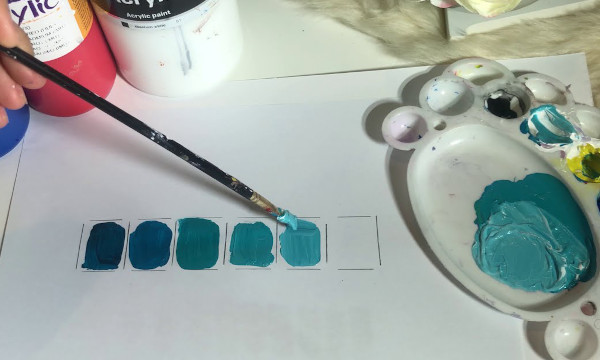
Turquoise shades are divided into 3 types:
| Shade | Characteristic | Examples of tones |
| Dark | Not bright, soft color, similar to sea waves. Primary colors are used in their pure form in large quantities, almost without diluting the color. |
|
| Light | A muted, soft color is achieved by adding a small amount of white. |
|
| Bright | Saturated hues: When mixing, more blue, green or yellow is added to obtain different tones. |
|
Mixing rules
You can mix turquoise from paints by combining green and blue shades. Depending on the desired tone, the proportion of the original color can change, and a 3rd additional color can also be added to achieve a new tone.
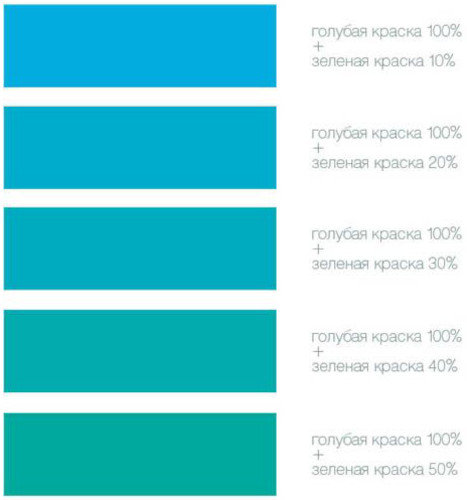
When mixing paints to obtain turquoise, follow several rules:
- To obtain classic turquoise, mix green with blue in a ratio of 9:1. The main color is blue, and green is mixed in portions until the desired result is obtained.
- For work, use green paint without impurities and inclusions. Blue or light blue color is not added at once, but in drops. Make sure that there is less blue than green.
- To lighten the tone, white paint is added.
- To darken the tone, black paint is added.
- To make the finished tone “colder”, gray paint is added.
- To obtain new tones of turquoise, add yellow or cream paint in a proportion of no more than 1:6.
- To check whether the desired tone has been achieved, the finished paint mixture is applied to paper or another surface and left to dry until the color is fully developed (it may become lighter, paler, or darker depending on the type of paint). Make sure that the stroke is uniform. If this is not the case, the paint should be thoroughly mixed again.
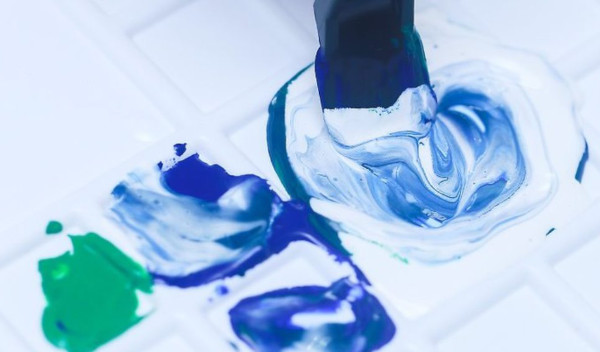
You can achieve a new shade of turquoise by mixing paints in different proportions. You can follow the tips in the table to get a new color. You can vary the colors as you wish.
| Shade | Components of paint | Proportion of correspondence |
| Light | blue + green + cream | 100:5:2 |
| Pastel | blue + green + white | 100:10:5 |
| Dark | cyan + green | 10:4 |
| Bright | green + blue + white | 10:5:1 |
From the primary colors
Turquoise can only be mixed from complementary colors, since green and blue are derivatives of a combination of blue, yellow, and white in different proportions. Turquoise can be obtained by using ready-made colors from the palette - green and blue, or by mixing the main components of the color.
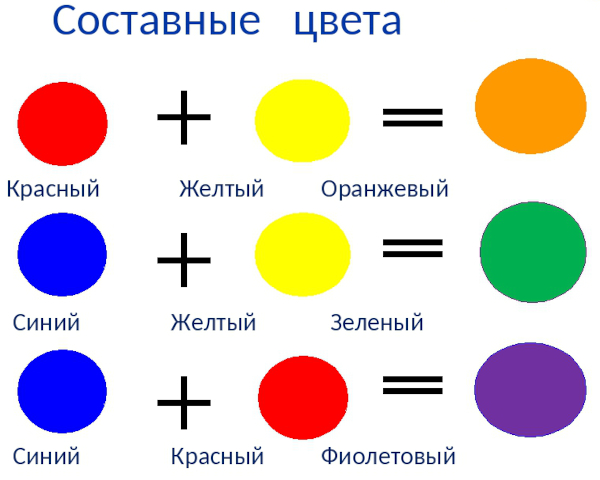
In the 2nd case, follow the instructions:
- Yellow paint is added to the blue color in portions until the desired brightness of green color is obtained.
- Separately mix white and blue paint to get blue. The shade of blue is adjusted by adding more or less white paint.
- Green is gradually mixed into the resulting blue until the desired shade of turquoise is obtained. If necessary, a little yellow or white is added to correct the tone. White paint will make the tone lighter, yellow will add brightness.

You can mix different paints to get the desired shade - gouache, watercolor, acrylic, etc. There is no clear instruction among artists and decorators on how to mix colors to get turquoise shades. Everyone chooses the shade individually.
Classical
You can mix turquoise in a classic bright version from blue and a small amount of green (9:1).
Mix the paints in the following order:
- Prepare blue and green paint, paper, a container with water, brushes and a white palette or surface. When mixing another color on a palette, the color of the mixture may have a different tone.
- Green paint is applied to the palette in its pure form, without impurities or inclusions.
- Add blue paint to green paint drop by drop and mix the dyes thoroughly each time until smooth.
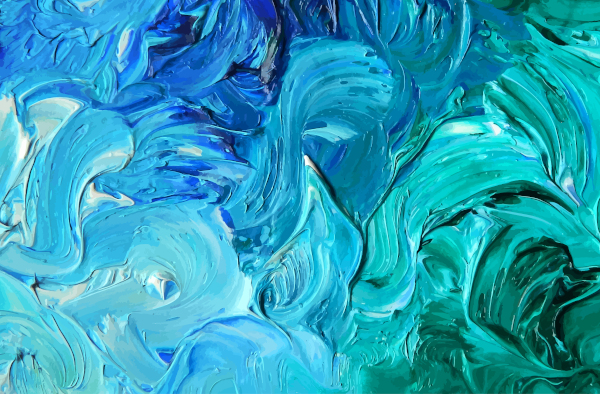
- Repeat this process until the desired tone is obtained. Make sure that there is less blue paint in proportion to the green dye.
- Once the desired shade of paint has been achieved, it is tested by applying a brushstroke to paper and waiting for it to dry to ensure that the shade has not changed.
Dark turquoise
Dark shades of turquoise are obtained by mixing paints in the following order:
- Blue paint is applied to a white palette or surface.
- Add green dye drop by drop and each time mix both colors well until smooth. Repeat the procedure until a delicate tone is obtained.
- If you need to lighten the shade a little or reduce the saturation, add white dye in small portions and mix well.
- They begin to darken the tone. To do this, mix the resulting paint with black in small portions. Very little black is needed.
The amount of all ingredients may vary to vary the shades of dark turquoise.
Light turquoise
To get light turquoise shades, follow these steps:
- Green paint is added to a white palette.
- Mix the blue dye with the green dye in small portions. Each time, the paints are thoroughly mixed until smooth.
- When the desired tone is obtained, it is lightened with white paint. Its quantity depends on the desired tone.
- To adjust the shade, flesh or cream paint can be added to the resulting dye to make the tone warmer and lighter.
From different types of paints
You can mix turquoise from different paints in one way, using the same original colors. The main rule is to use one type of paint as a base - oil, watercolor or gouache, without mixing these types together.
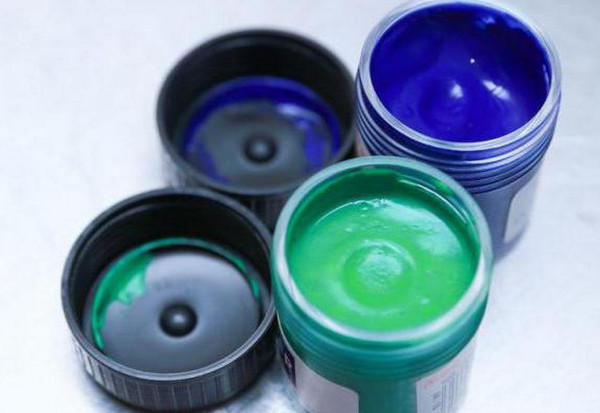
- Select the desired type of paint.
- Prepare the necessary tools: blue and green paint, a palette, brushes, a container with water, paper or another surface for checking the color.
- On the palette, combine green and blue dye in the right proportion to obtain the desired shade (from light blue to rich sea-green). The original colors are used in pure form so that the green and blue are without impurities and streaks. It is desirable that these colors are as close as possible to the standard colors in the color wheel. First, use blue paint and then gradually add green. Add more of one or another dye, depending on what shade you want to get.
- Additional dyes are added to obtain the desired tone. White gives the paint a soft pastel tone. Gray paint makes the tone light and muted. Yellow is added to obtain a bright and saturated turquoise.
- Test the mixture on paper or another surface and make adjustments to the dye if necessary.
- Paint the desired surface with the prepared mixture.
Gouache
To get turquoise color by mixing gouache, follow these steps:
- Prepare the necessary materials: brushes, a palette or surface for mixing paints, green and blue paint in pure and unadulterated form, a container with water. If necessary, use additional dyes.
- Before starting work, the brush is dipped in water and then in paint.
- Apply blue and green dyes to the palette in equal proportions one after the other. First, dilute them with water to the consistency of sour cream, then begin mixing thoroughly.
- Gradually add more green paint and continue mixing it until you get the desired shade of turquoise. The paints are mixed gradually to get the desired color. Initially, take the one that should be larger in proportion. Gradually mix in the one that is smaller in proportion in the turquoise shade.
- If you need to achieve a certain shade of turquoise, gradually mix in additional dye. Lighten the turquoise dye of water-soluble paints not only with new colors, but also by adding water.
- Apply a test stroke to paper or another surface, wait for it to dry, and compare the color with the mixture. After drying, the color may become darker or paler. If necessary, add the desired dye to the gouache mixture and make another test stroke to select the right shade.
- When the desired tone is achieved, the paint is applied to the desired surface.
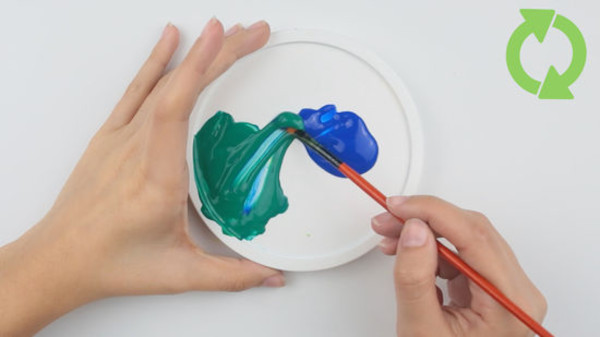
When working with gouache, take into account the features of working with this type of paint:
- when applying layers of paint, apply each one without waiting for it to dry;
- the first strokes are made vertically, the second layer is applied with horizontal strokes;
- gouache is best applied to paper with a rough surface;
- Gouache is applied with soft, rounded brushes;
- dried gouache is diluted with water.
Watercolor
To obtain turquoise by mixing paints, it is recommended to use watercolors, especially for beginner artists. These paints are easy to use and also easy to mix. The paint is sold in tubes, briquettes or ready-made palettes.
Art departments have ready-made shades of turquoise in watercolor, but if you can’t find the right tone or don’t have the opportunity to buy it, you can mix the desired color yourself from the primary colors.

To do this, follow the instructions:
- Prepare the necessary tools: a white palette or surface for mixing paints, green and blue watercolors, additional dyes, brushes and a container of water.
- On the palette, mix green and blue watercolor dyes. To a greater extent, take the color that should prevail in the final mixture. The second dye is added drop by drop gradually to regulate the accuracy of the tone.
- If necessary, add additional dye to achieve a delicate shade or undertone. Blue or black will give a dark shade, yellow will add brightness and saturation to the shade. White or gray is added to make the tone softer and lighter. You can lighten water-soluble paint by adding water.
- When the tone is ready, apply a test stroke on paper to make sure the mixture is uniform – it should be without streaks or inclusions. Wait for the stroke to dry and compare the tone with the one obtained. If necessary, adjust the mixture and make another test stroke.
- Paint the desired area with the prepared mixture.
When working with watercolors, two methods are used to obtain the desired shade when mixing paints: glazing and single-layer.
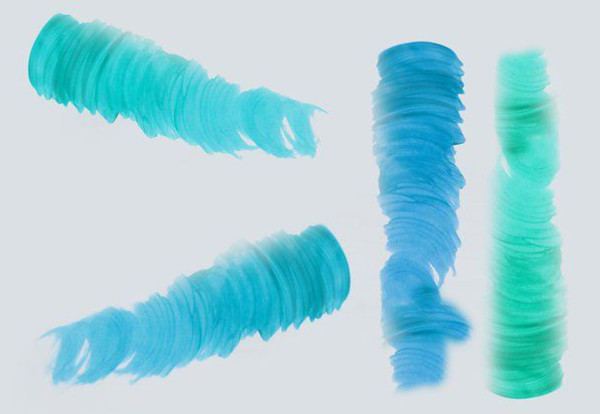
The above describes the single-layer method, when the paints are mixed on a palette and applied in one layer to paper. In the glazing method, watercolors are mixed using a water solvent directly on paper. The final result is achieved using the optical effect of color overlay.
To select the right shade of turquoise, sketches are made on a rough sheet of paper:
- Apply several strokes of blue obtained by mixing blue paint and water. All strokes should be of the same saturation.
- After the brushstrokes have dried, a brushstroke made from green paint and water is applied on top. All the brushstrokes are painted, skipping one of them.
- Repeat the application of green paint, each time omitting the palest version. Do not mix the colors more than 5 times, so as not to contaminate the color.
- When all the sketches are completely dry, select a shade of the desired saturation.
Pencils
To achieve a turquoise shade when coloring with pencils, artists use either a ready-made pencil color or a hatching method. In the second case, light hatching of individual pencil colors is applied one after another.
Unlike paints, it is impossible to mix pigments in colored pencils. Therefore, they resort to optical mixing of colors by superimposing one pigment on another. Since the composition of the pencil leads includes wax, which does not allow colors to mix, the shading is done in a thin layer.
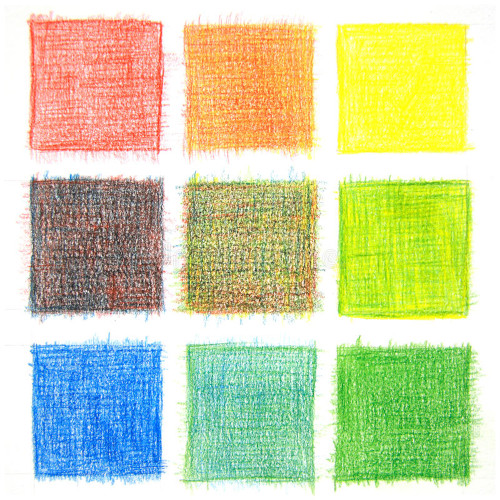
Depending on the order in which the color is applied, the final shade of turquoise may change - dark is applied over light, and light over dark. The strength of the shading also affects the saturation of the shade.
It is easier to achieve the desired shade when using watercolor pencils, which are easier to shade after shading and can be slightly blurred by the final application of a water layer.
The following shading patterns are used to create turquoise shades:
- A rich, bright color is obtained by applying light strokes with a green pencil, then blue, and finally white in a ratio of 10:5:1.
- The mint color is achieved by shading with a blue pencil, then with a green one in a 2:1 ratio.
- They use cross-hatching, placing different colors at different angles.
- Use shading in one or any direction, applying light pressure on the pencil.
- Color mixing is achieved by applying dots. The dots are made by frequently pressing the pencil lead onto the paper at different distances from each other.
- The desired depth of color is achieved by the density of the shading or by the pressure on the pencil. The color becomes darker and more saturated if you press harder on the pencil or if you separate the strokes closer to each other.
Pros and cons of mixing yourself
| Benefits of using ready-made dye | The benefits of mixing paints to achieve a tone |
|
|
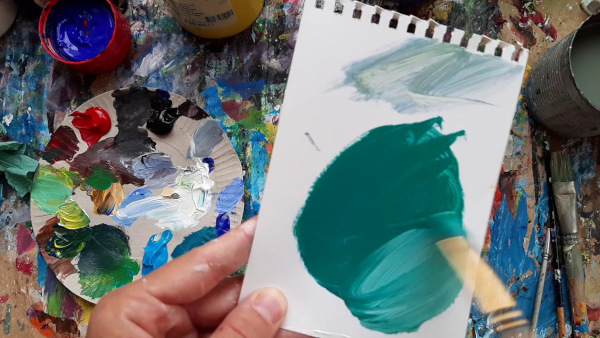
Knowing how to mix turquoise can be useful when you don't have a ready-made dye on hand or when you need to create a unique shade for design purposes. This color is also used for other purposes, but the color mixing method is not always more advantageous.
Video about mixing turquoise color
How to get turquoise color:
